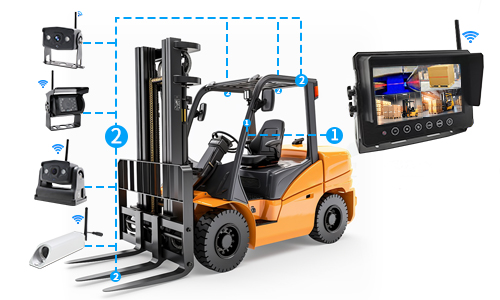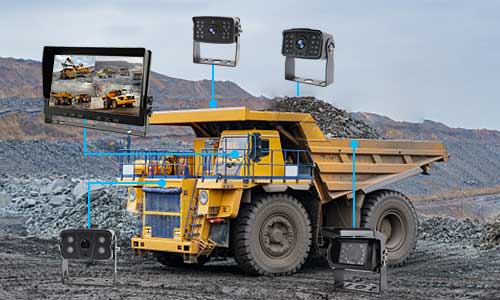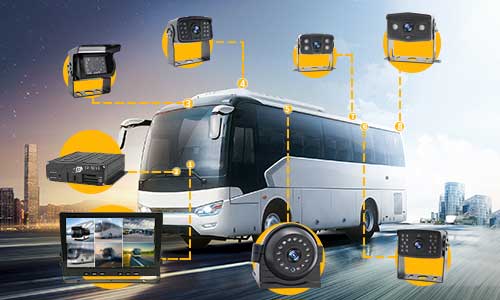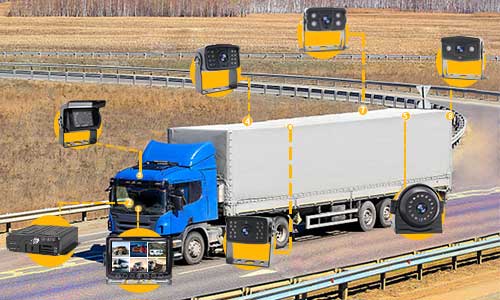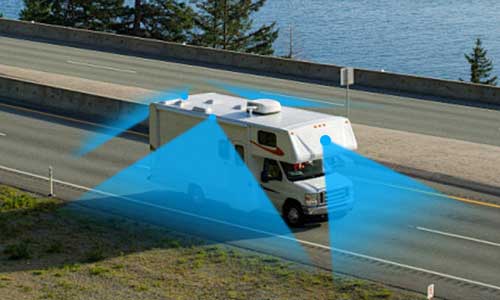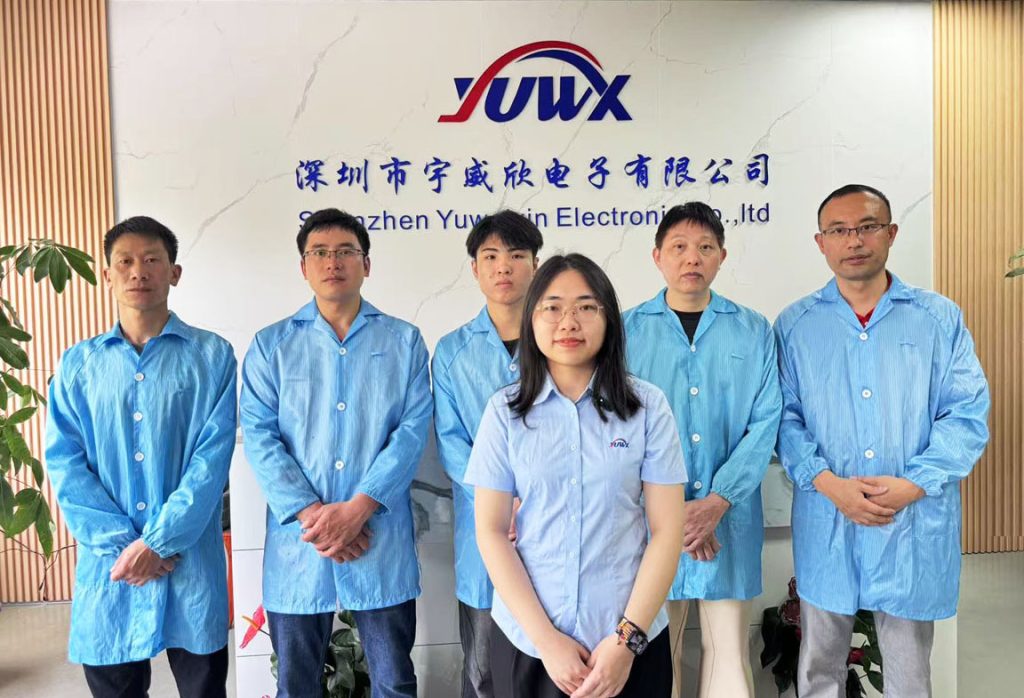The Rise of Car Reversing Camera Kits
Modern drivers seek safety, convenience, and situational awareness. The car reversing camera kit delivers these features. With growing demand, manufacturers offer both wired and wireless solutions. Understanding the market dynamics between these two systems is essential for suppliers, OEMs, and consumers.
YUWX explores the shifting landscape of vehicle camera systems. This article analyzes performance trends, consumer preferences, and technology upgrades shaping the car reversing camera kits market.
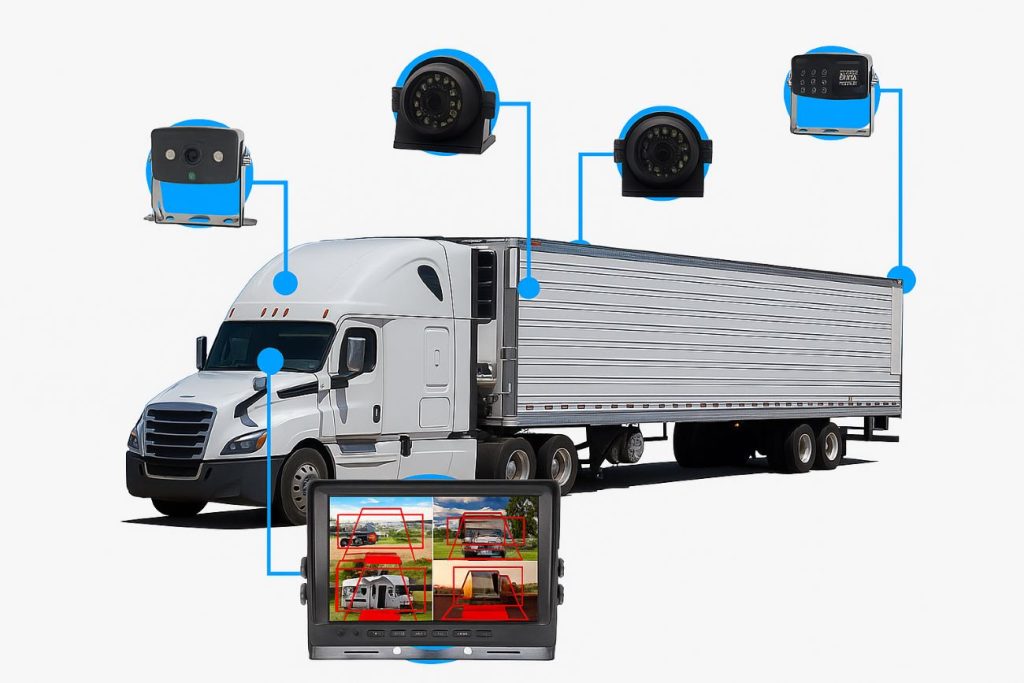
Technology Overview: Wired vs. Wireless Explained
Wired Reversing Camera Systems
Wired systems transmit video via physical cables. They ensure low-latency, high-resolution images. These setups often include long AV cables connecting the rear camera to the dashboard monitor. Known for reliability and resistance to signal interference, wired reversing cameras are ideal for large vehicles or commercial fleets.
Wireless Reversing Camera Systems
Wireless systems transmit signals through RF or digital protocols. They eliminate cable routing, simplifying installation. Wireless reversing camera kits typically use a 2.4GHz or 5.8GHz connection, depending on the model. Digital wireless cameras now offer stable connections with reduced lag.
Installation and User Experience
Wireless kits lead in ease of installation. Without long cable runs, DIY users and small garages can set up cameras quickly. For leased vehicles, wireless systems avoid structural modifications.
However, wired systems still dominate professional installations. They offer dependable signal strength, especially in metal-intensive vehicle environments like RVs, trailers, or trucks.
Consumer Behavior and Market Segments
Budget-conscious buyers often start with wireless car reversing camera kit systems due to the lower upfront cost. In contrast, high-end consumers or fleet operators value long-term reliability and select wired systems. Trends show increased wireless adoption in passenger cars and ride-sharing fleets.
With more models now offering HD video, wide-angle lenses, and night vision features, both types continue to evolve. The choice hinges on vehicle type, user preference, and performance expectations.
Market Drivers and Trends
1. Safety Regulations and OEM Integration
Many countries now require backup cameras in new vehicles. This regulatory push increases demand for integrated camera kits. Automakers incorporate both wired and wireless technologies, depending on vehicle size and cost tiers.
2. Rise in DIY Aftermarket Demand
The aftermarket sector sees rapid growth in wireless kits. E-commerce platforms allow consumers to purchase and install reversing camera kits independently. User-friendly designs and video tutorials further boost adoption.
3. Advancements in Wireless Transmission
Digital wireless technologies reduce latency and interference. Compression algorithms and encrypted signal protocols enhance video quality and security. These innovations close the gap between wired and wireless performance.
4. Power Efficiency and Battery Innovation
Modern wireless kits now integrate with solar-powered license plate frames or rechargeable battery packs. This advancement eliminates the need for tapping into the vehicle’s electrical system.
Comparative Analysis: Wired vs. Wireless Performance
| Feature | Wired Camera Kits | Wireless Camera Kits |
|---|---|---|
| Signal Stability | Very high | Moderate to high |
| Installation Complexity | High | Low |
| Image Quality | Consistently sharp | Varies by model |
| Interference Risk | Low | Moderate |
| Cost | Higher | Lower |
| Popularity in Fleets | Preferred | Less common |
Regional Market Insights
North America
The US leads wireless kit adoption due to its high DIY culture and e-commerce strength. Fleet operators still favor wired kits for commercial vehicles.
Europe
Strict EU vehicle safety mandates drive OEM wired integration. However, aftermarket wireless kits are gaining ground in used vehicles.
Asia-Pacific
In countries like China and India, budget-friendly wireless kits dominate. Domestic brands lead with low-cost wireless offerings.
Environmental Considerations and Sustainability
Wired kits require more physical materials and installation resources. Wireless kits reduce cable waste and installation emissions. Solar-powered wireless units align with growing eco-conscious purchasing trends.
Future Outlook: Where the Market Is Heading
- AI-enhanced systems will enable object detection and driver alerts.
- Wireless transmission will become more secure and resistant to interference.
- OEMs will favor modular reversing systems with wireless backup.
- Both systems will coexist, catering to distinct user segments.
Conclusion: Making the Right Choice
Car reversing camera kits continue evolving alongside consumer demands. Wired systems offer superior signal integrity and remain a top choice for professional applications. Wireless kits appeal to ease-of-use seekers, DIY users, and cost-conscious consumers.
For manufacturers like YUWX, offering diverse options aligned with regional trends ensures relevance. Whether wired or wireless, the focus remains on safety, quality, and reliability in car reversing camera kit solutions.
Connect with YUWX to explore our full range of car reversing camera kits built for modern mobility.


